Falling interest rates and yields on Swiss franc-denominated bonds will likely nudge pension funds to reshuffle their investments, once more cutting their exposure to fixed income, while increasing the share of real assets in their portfolios.
“If we see negative interest rates on the Swiss franc again, it is quite possible that fixed income investments in the portfolios of Swiss pension funds will continue to fall, as was the case before 2022,” Andreas Rothacher, senior investment consultant at Complementa, told IPE.
From 2014 to 2022, Swiss pension schemes’ allocation to fixed income investments fell from 39.2% to 31.7%.
In 2023, liquidity and fixed income investments in the portfolios of Swiss Pensionskassen remained stable at 36.3%, with a slight reduction of bonds denominated in foreign currency, and a slight increase of bonds denominated in Swiss francs, according to Complementa’s latest risk check-up research.
With rising interest rates, Swiss schemes are considering reviewing their strategic asset allocation to increase their bond holdings (investment grade), and opting for Swiss-franc bonds instead of bonds in foreign currencies, according to the study.
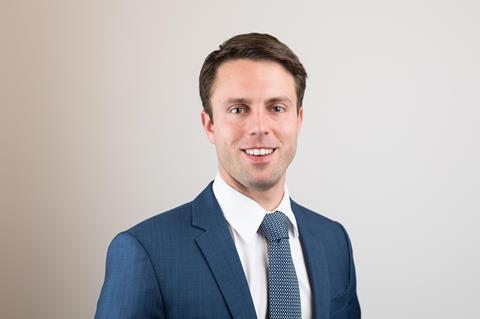
Meanwhile, last year Swiss pension schemes started to cut their exposure to government bonds in foreign currency, concerned about the high levels of national debt and low yields to maturity on government bonds after currency hedging, in favour of corporate bonds in foreign currency and Swiss franc bonds – yields on the 10-year Swiss bonds were around 0.3% in December.
“We assume that there will be a further increase in Swiss residential real estate. However, if interest rates are even lower [than now], it could be difficult to find sufficient investment opportunities in Swiss real estate,” Rothacher said.
If interest rates continue to fall, Swiss pension funds could look to build up investments primarily in Swiss real estate, and selectively in infrastructure, he added.
Complementa noted that the reshuffle of investment portfolios in favour of real assets will take time.
“With regard to equities, it is important [for pension funds] to follow a rebalancing [approach] in a disciplined manner, which ensures that profits are taken in a timely manner and that the re-entry [to the market] is not missed in the event of market setbacks,” Rothacher said.
Complementa’s figures show that pension schemes in Switzerland have allocated around 29-32% of their assets on average to equities over the last 10 years.
In the short term, Complementa expects allocations to equities to reach the lower or upper end of the 29-32% range and in the long term, allocations should remain at around 30%, due to, among other things, risk budget and rebalancing.
The latest digital edition of IPE’s magazine is now available


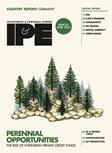


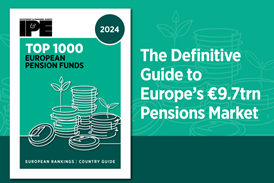
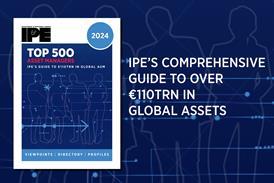






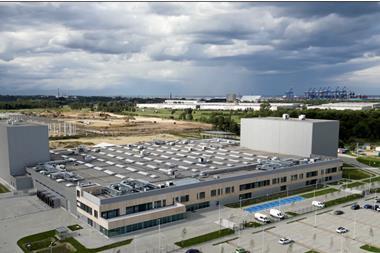
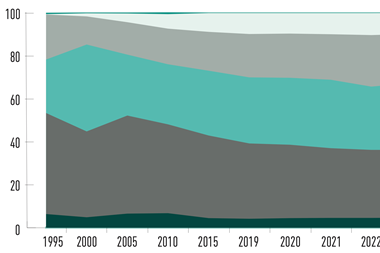




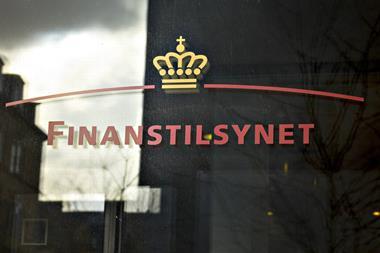




















No comments yet